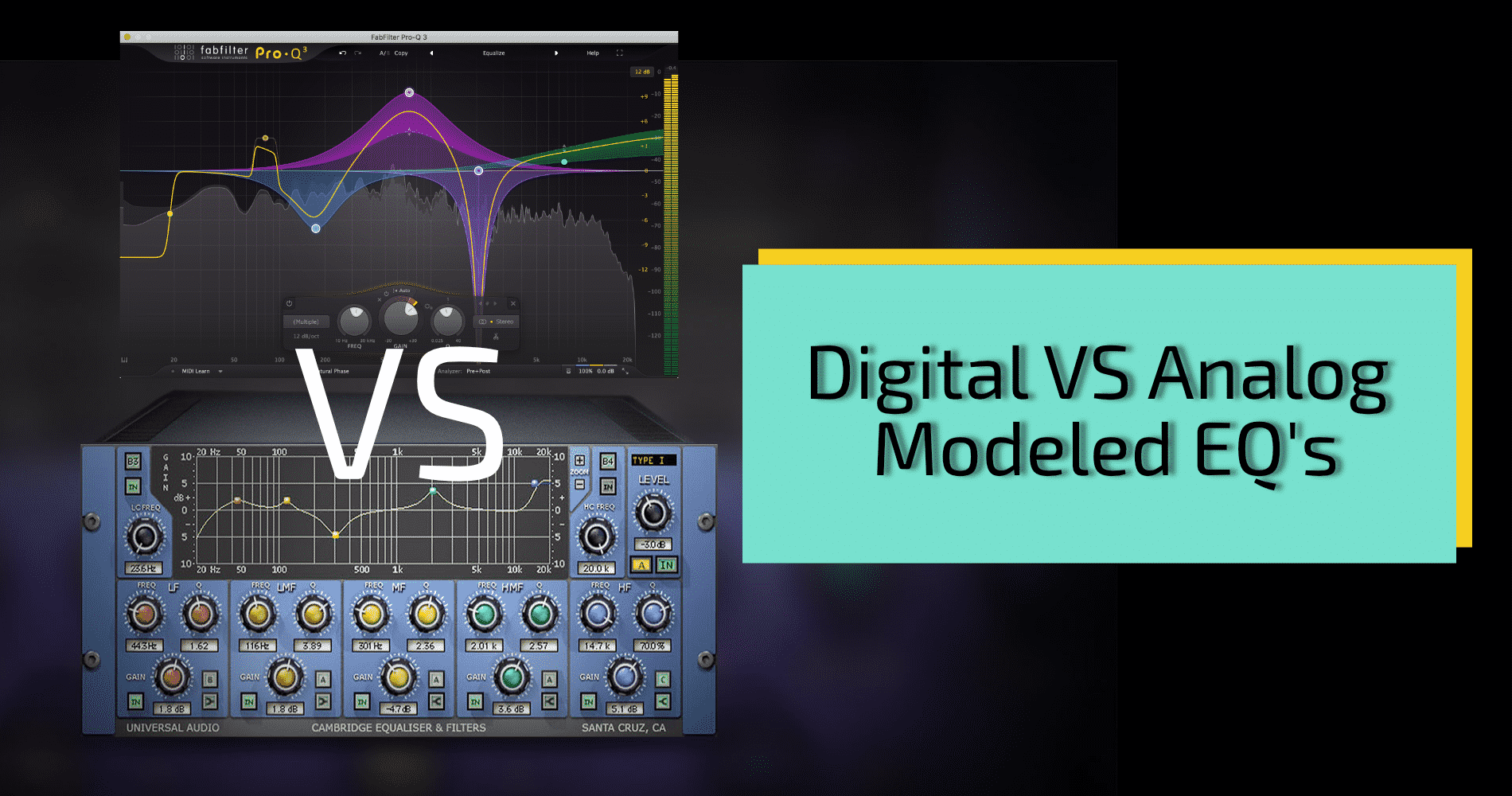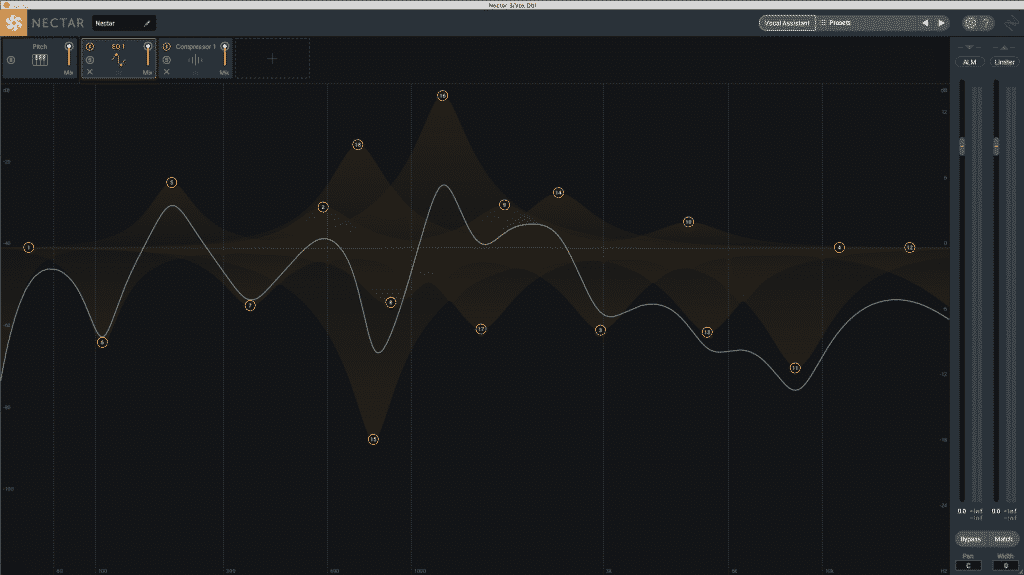
As a producer, you will eventually find your most powerful tool to be Equalization. EQ’s are a fundamental part of your effects chain.
With an EQ you can clarify sound-fields, remove problem frequencies, highlight musical ones, and achieve the mix you want.
In this article we will discuss the difference between Digital EQ’s and Analog-modeled EQ’s. What they are, why they are different, and why you would want to use one versus the other. Continue below.
Types of EQs
There are many variations of equalizer type, each with a specific function and purpose. The most common types are parametric, semi-parametric, graphic, and shelving.
When talking about digital plugins, there are going to be equalizers designed to sound digital and some designed to emulate analog hardware.
It can often be difficult to know which direction to head in with so many options available, keep reading to learn more about Digital EQ’s.
Digital EQ’s
Digital equalizers are the obvious choice for corrective and subtractive mixing due to their transparency and precision. Most digital EQ’s are designed to simply act as filters and add no
Parametric EQ
Parametric EQ’s are the most common type of equalizer used in music production. They are typical for correcting problem frequencies or in creative applications (frequency sweeps/wahs/etc.).
These types of EQ’s are often highly configurable and come loaded with adjustable frequency bands. Having eight frequency bands is common but some parametric EQ’s offer many more – like iZotope Nectar 3, which offers up to 24 bands.

Your different types of filters can be used to individually cut, boost, and shape certain frequency ranges. Parametric EQ’s are especially good for precision.
Their flexibility allows for surgical precision when cutting out problem frequencies that are too harsh or intense. They also remain transparent when cutting or boosting frequencies, they don’t color the sound in the way an analog EQ might.
Analog-Modeled EQ’s
Analog-modeled EQ’s are digital equalizers designed to emulate their analog hardware originals. They are perfect for tonal coloration and adding character.
They are designed to capture the warmth and special sauce of classic analog gear. Because of the way they alter a sound’s character, they are good for boosting and emphasizing frequencies.
The beauty of analog-modeled EQ’s is their shelf-life compared to hardware. With the technology available today, the digital counterparts sound just as good and won’t deteriorate in the same way. Some will argue that the deterioration is where analog gear gains its magic, but that can be recreated in digital form.
Most classic equipment can be physically modeled in the digital world. Analog equipment that exhibits high‑bandwidth, nonlinear behavior presents the biggest challenges in creating accurate models. But it’s often the sound of these nonlinearities that makes the original analog equipment so desired. Put simply, the more nonlinear the behavior, the more complex the physical model that’s required, and the more processing power needed. – Dave Berners, Chief Scientist at Universal Audio
EQ Mixing Tips
Now that you know the difference between Digital and Analog-Modeled EQ’s we want to share some tips with you! Read below for the hot ones.
- Cut lows from instruments and sounds that don’t need it, this will allow space for the things that do (bass, kick, low guitar and vocal notes, etc.)
- Use multiple EQ’s in a chain to control and shape your tone
- Digital EQ’s are ideal for cutting, excessive boosting can introduce digital distortion
- Analog-modeled EQ’s are ideal for boosting, excessive boosting can introduce warmth
For more cool tips and tricks, check out the rest of our blog, or sign up to visit class!








0 responses on "Digital VS Analog Modeled EQ's"